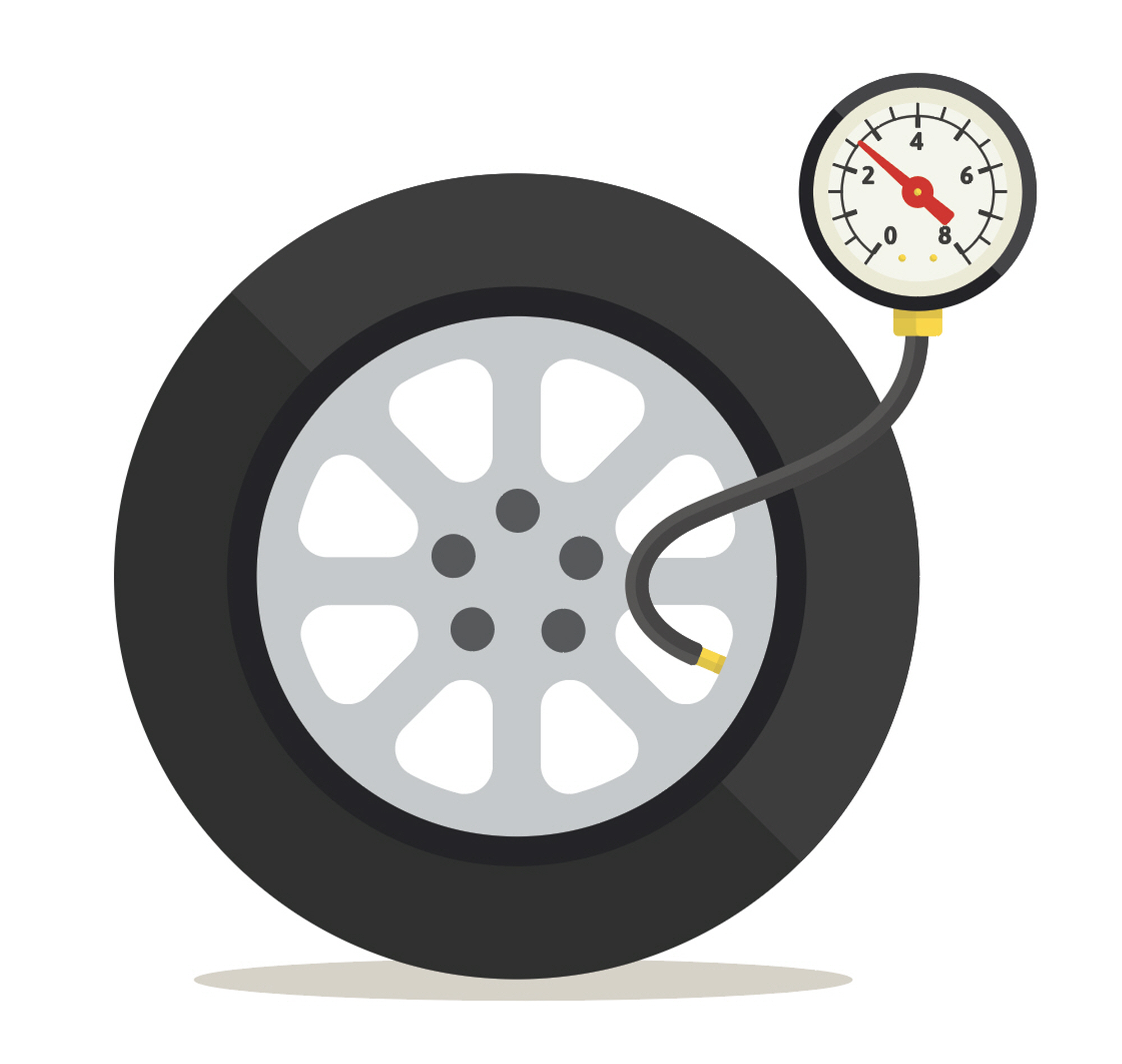
Bridgestone Korea has compiled several vehicle maintenance tips in preparation for safe driving during the hot summer months.
First and foremost, tire inspections are essential for safe driving in summer. It’s crucial to check your tires at least once a month or before embarking on a long journey.
Check for any damage to the tires and ensure that there are no foreign objects, like nails or glass, stuck in the tire tread. Inspect not only the contact patch but also the sidewalls for any visible damage or bulges. If you find any nails or glass embedded in the tread, or if the sidewall is damaged or bulging, have it checked by a professional tire shop immediately.
Tires will perform at their best while driving, stopping, and cornering when they have the proper air pressure. Automakers provide a recommended tire pressure for each vehicle, typically displayed inside the car.
Usually, there’s a label indicating the proper air pressure on the inside of the driver’s side door. The air inside tires naturally escapes over time, and this process speeds up with temperature variations, such as extreme heat in summer or cold in winter. This is why regular tire pressure checks are necessary.
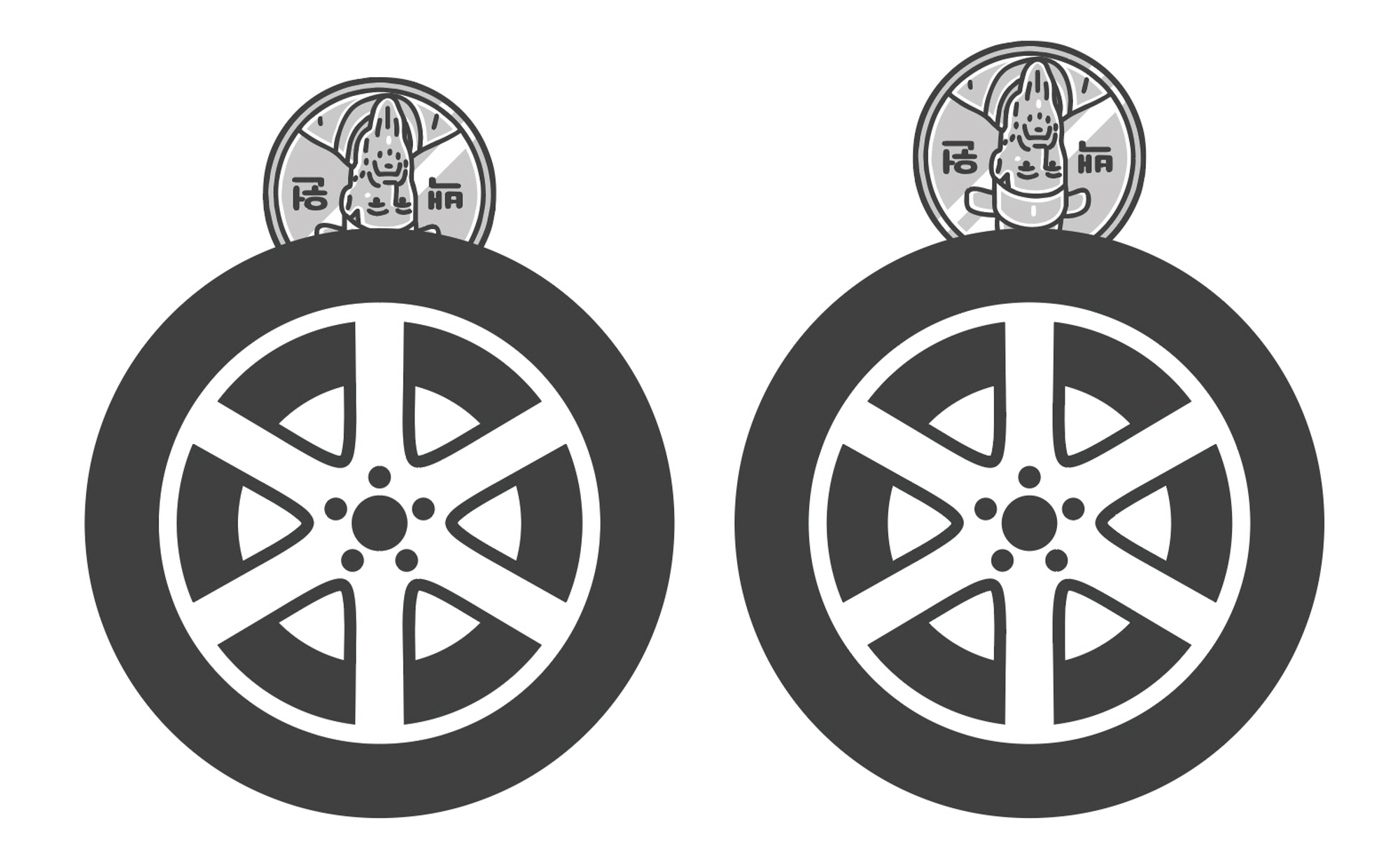
The tire pressure during summer is closely related to the tread wear state and the risk of hydroplaning. Therefore, check your tire pressure in preparation for the rainy season. To measure tire pressure accurately, tires should be cool and not heat up from driving. Ideally, have your tire pressure measured regularly at a tire shop every month. At the very least, check and refill the tire pressure whenever the seasons change.
If black ice is the ‘road assassin’ in winter, hydroplaning is the ‘road assassin’ in summer. During summer, roads are often wet or submerged due to frequent heavy rains. Driving on such roads at high speeds can lead to hydroplaning, which occurs when a thin layer of water forms between the tire and the road, causing the vehicle to float on the water. This results in a loss of traction, and the driver can lose control, potentially leading to serious accidents.
The occurrence of hydroplaning is heavily influenced by the tread wear state and speed. As tread wears down, the depth of the tread grooves decreases, reducing the tire’s drainage performance and increasing the likelihood of hydroplaning. Shallow tread grooves mean that water on the road is not efficiently channeled away, and as tread approaches its wear limit, hydroplaning can occur even at lower speeds.
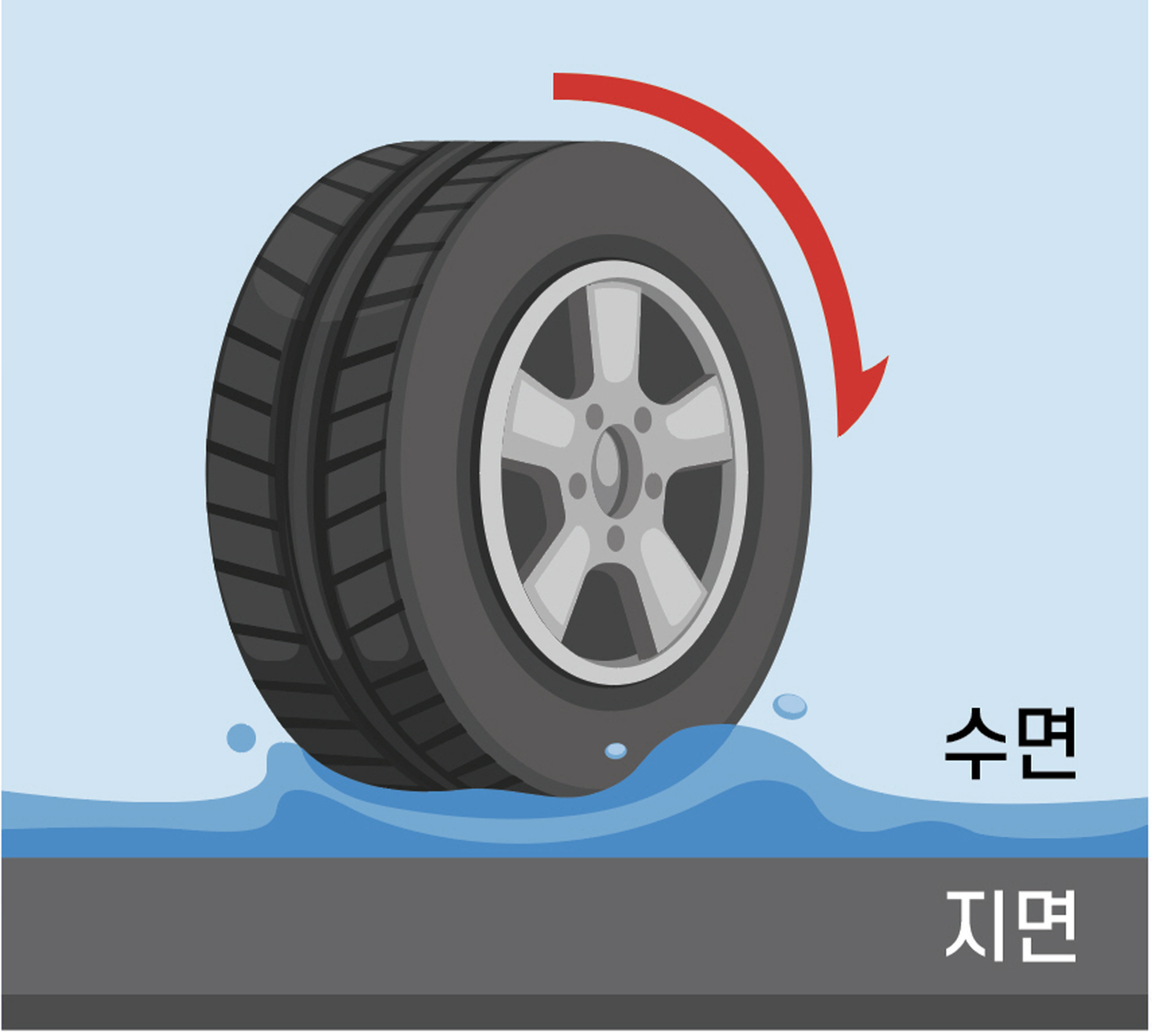
It is generally recommended to replace tires when the tread depth reaches the wear limit of 1.6mm. However, for safer driving, experts recommend replacing tires when the tread depth reaches about 3mm.
Tires designed specifically for electric vehicles are heavier than regular tires, but the inspection and maintenance methods remain the same. Visually check for visible damage, and ensure to check tire air pressure and tread wear.
After completing the tire inspection, it is necessary to check other components like coolant, various oils, battery, brakes, headlights, wipers, washer fluid, and air filters. These should be checked regularly alongside the tires.
Regular checks on coolant levels are essential. High outdoor temperatures in summer can lead to engine overheating, which can easily result in vehicle breakdowns or fires. Especially during long-distance travel during vacation, the risk of overheating in the engine compartment increases, so it is advisable to check and top up coolant and engine oil in advance.
When passing through wet roads or puddles in summer, brake components like discs, pads, and drums can get soaked, reducing braking performance. In such cases, ensure there are no other vehicles nearby, and gently apply the brakes while moving slowly to allow the moisture between the discs and pads to evaporate through friction heat. You should also regularly check the wear state of brake pads and discs.
While often overlooked, wipers and the motor controlling them are vital components for safety, especially during heavy rains. The wiper blades harden over time, diminishing their ability to clear water. It is advisable to replace wiper blades regularly. Using wipers that have not been operated for a long time may scratch the windshield. Before using the wipers, clean the blade or spray washer fluid on the windshield first.
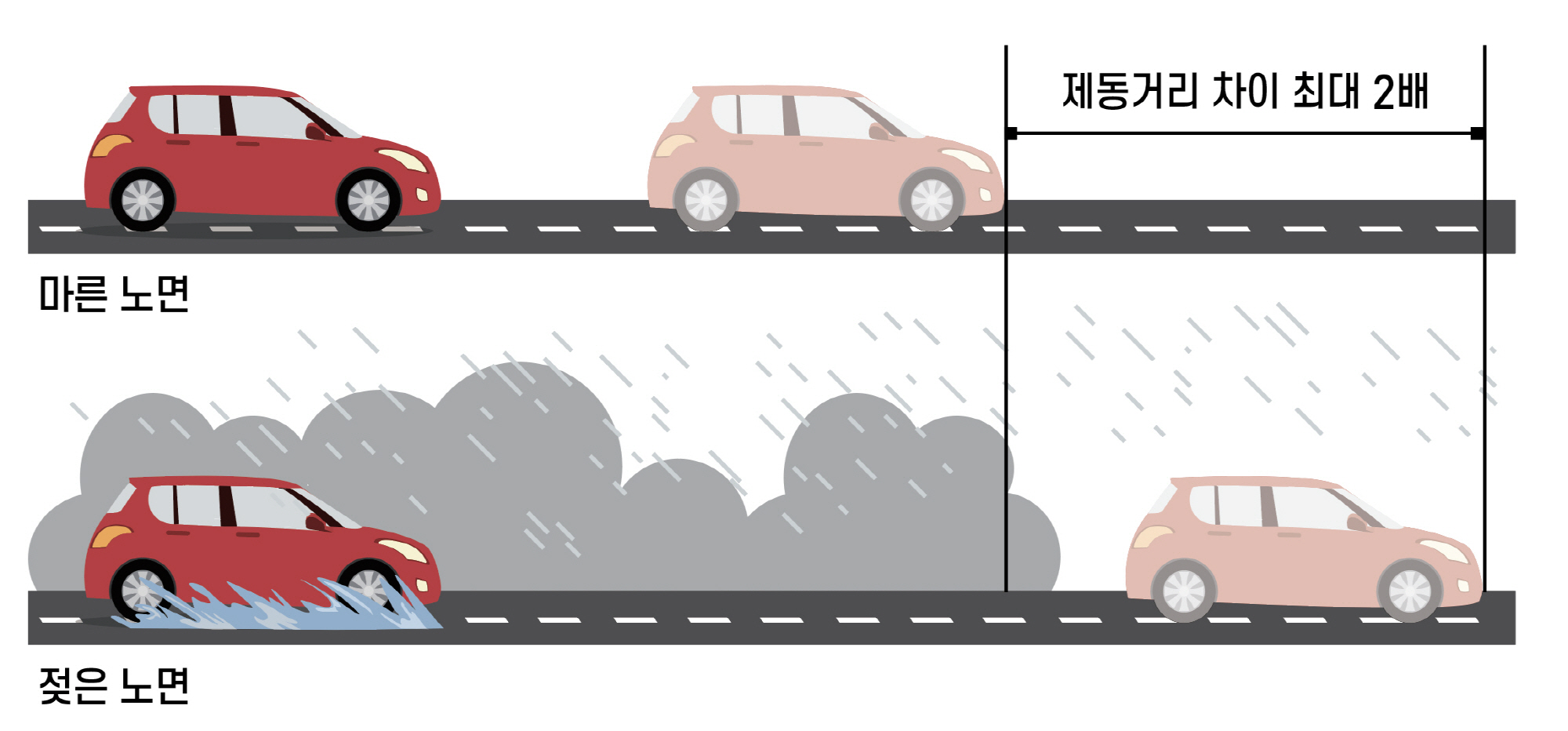
Leaks can cause headlights or bulbs to become wet and malfunction. Check if the headlights, turn signals, and taillights are functioning properly. It is advisable to turn on headlights and taillights in rainy weather, day or night, to ensure that pedestrians and other drivers can easily see your vehicle.
High humidity increases the chances of bacteria and mold proliferating in the vehicle’s air conditioning filter. Since this directly affects passengers’ respiratory health, it is essential to regularly check and replace the filter. It is typically recommended to replace the air conditioning filter every 5,000 to 10,000 km or every six months.
The stopping distance of a vehicle on wet roads is at least doubled compared to dry roads. Therefore, during rain, reduce speed and maintain sufficient distance from the vehicle ahead to ensure a wide field of view and give yourself enough time to react to unexpected situations.
If you experience hydroplaning while driving, immediately take your foot off the accelerator and allow the vehicle to gradually decelerate. Sudden braking can make the vehicle harder to control, so if you must brake, do so gently to slow down properly.
On dry highways, it is generally advised to maintain a distance of about “2 seconds” behind the vehicle ahead. This means maintaining a distance that allows you to pass the same point as the vehicle in front two seconds later.
If the road is submerged, do not attempt to drive through it; instead, turn around immediately and return the way you came. According to the National Highway Traffic Safety Administration (NHTSA), most vehicles can float away in just 30 centimeters (12 inches) of flowing water. At 60 centimeters (2 feet) deep, nearly all trucks and SUVs can be swept away. If you find the road ahead is flooded while driving, do not hesitate to turn around and go back the way you came.
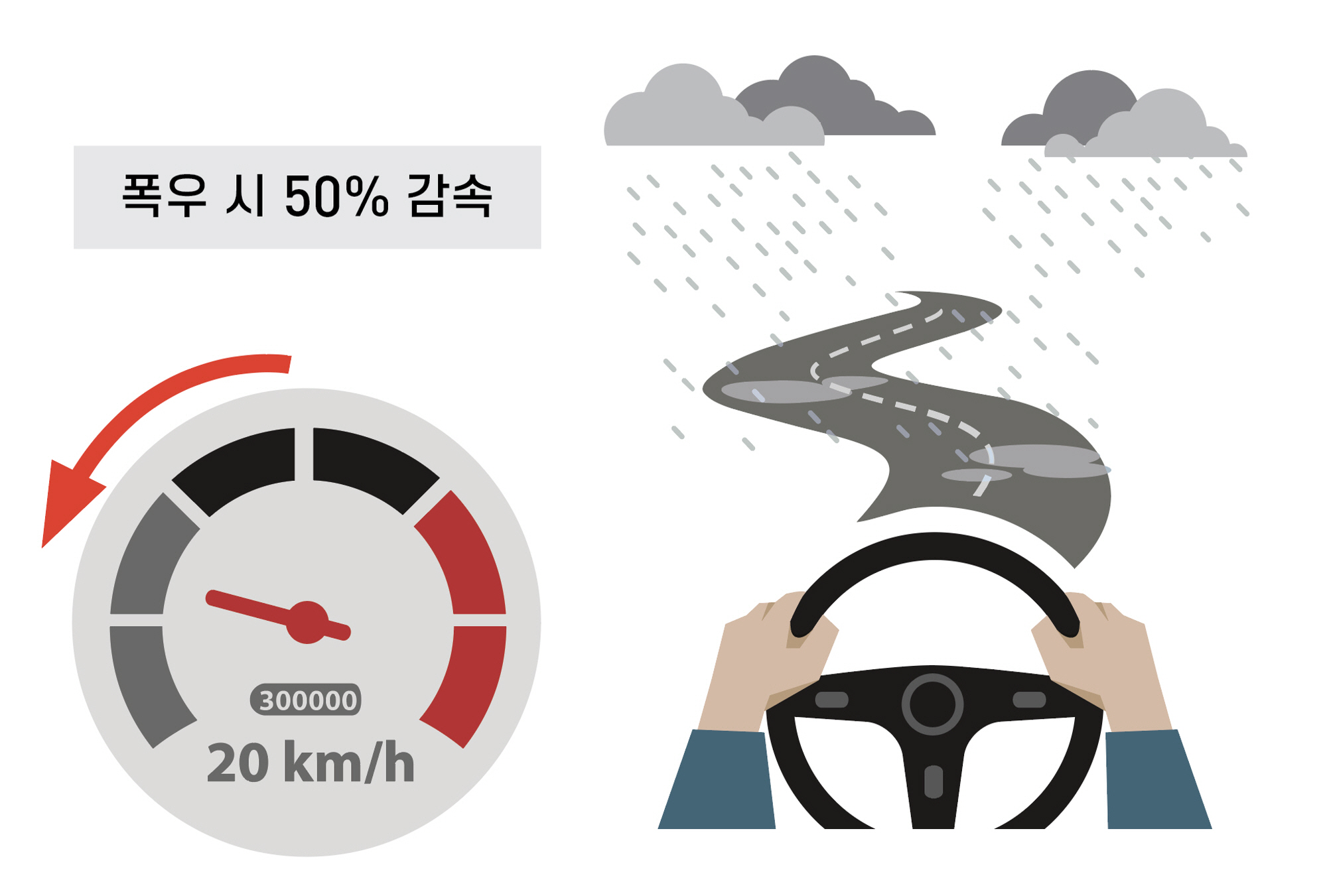
Lee Sang-jin daedusj@autodiary.kr

